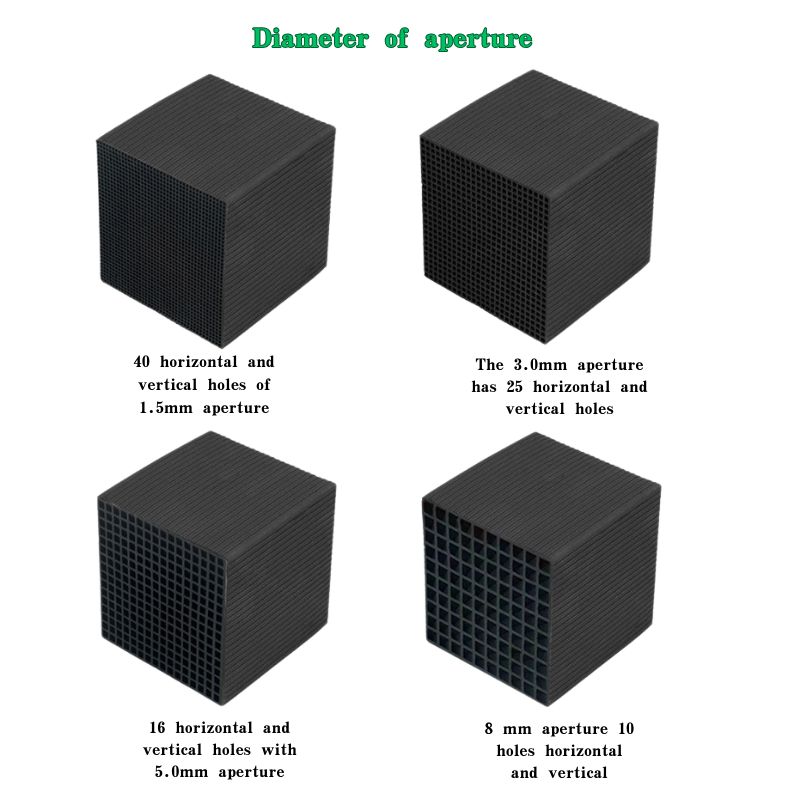
rutile and anatase titanium dioxide
Understanding Rutile and Anatase Titanium Dioxide Properties and Applications
Titanium dioxide (TiO2) is a widely used and versatile compound known for its exceptional brightness and ability to scatter light. Among its various crystalline forms, rutile and anatase are the most prominent, each with unique properties and applications that make them suitable for different industrial uses.
Rutile and Anatase The Crystal Structures
Rutile is the most thermodynamically stable form of titanium dioxide, characterized by its tetragonal crystal structure. It has a high refractive index (approximately 2.7) and is known for its excellent UV absorption properties. This makes rutile an important material in applications such as pigments, photocatalysts, and sunscreens.
Anatase, on the other hand, is less stable than rutile but is still widely used due to its unique properties. It features a different tetragonal crystal system and possesses a lower refractive index (around 2.5). Despite this, anatase has a higher surface area and more active photocatalytic properties compared to rutile, making it particularly useful in environmental applications, including self-cleaning surfaces and air purification.
Properties Comparison
Both rutile and anatase titanium dioxide exhibit strong photocatalytic activities, but their efficiencies differ based on various factors, such as particle size and surface modification. Rutile generally shows better stability and corrosion resistance, making it suitable for outdoor applications. Meanwhile, anatase is preferred in laboratory-scale applications where photocatalytic activity is the primary concern, as it promotes faster reactions under UV light.
rutile and anatase titanium dioxide

Another key distinction lies in the absorption of visible light. Anatase, due to its electronic structure, can be more effective in absorbing light in the UV spectrum when compared to rutile. This characteristic enables anatase to drive chemical reactions more efficiently, making it a popular choice in environmental remediation processes.
Applications in Industry
The applications of rutile and anatase titanium dioxide span various industries. Rutile is primarily used as a pigment in paints, coatings, and plastics due to its high opacity, whiteness, and durability. Its ability to withstand extreme environmental conditions makes it an ideal choice for long-lasting products.
Anatase, with its superior photocatalytic properties, finds applications in the production of self-cleaning surfaces, where it facilitates the breakdown of organic pollutants when exposed to sunlight. Additionally, it is utilized in solar energy conversions and hydrogen production due to its effectiveness in photocatalytic reactions.
Conclusion
In summary, rutile and anatase titanium dioxide are two distinct forms of TiO2, each bringing unique characteristics and benefits to various applications. While rutile is favored for its stability and use in pigments, anatase shines in photocatalytic and environmental applications. Understanding the differences between these two forms allows industries to select the appropriate titanium dioxide for their specific needs, contributing to advancements in materials science and environmental technology.
Share
-
Premium Pigment Supplier Custom Solutions & Bulk OrdersNewsMay.30,2025
-
Top China Slag Fly Ash Manufacturer OEM Factory SolutionsNewsMay.30,2025
-
Natural Lava Rock & Pumice for Landscaping Durable Volcanic SolutionsNewsMay.30,2025
-
Custom Micro Silica Fume Powder Manufacturers High-Purity SolutionsNewsMay.29,2025
-
Custom Mica Powder Pigment Manufacturers Vibrant Colors & Bulk OrdersNewsMay.29,2025
-
Custom Micro Silica Fume Powder Manufacturers Premium QualityNewsMay.29,2025






